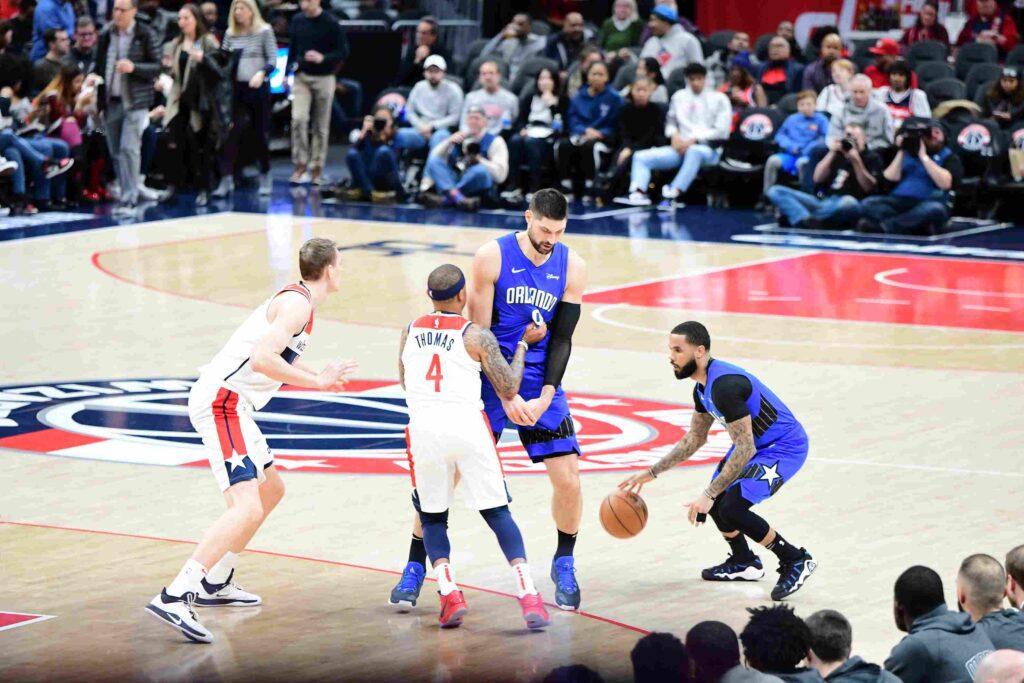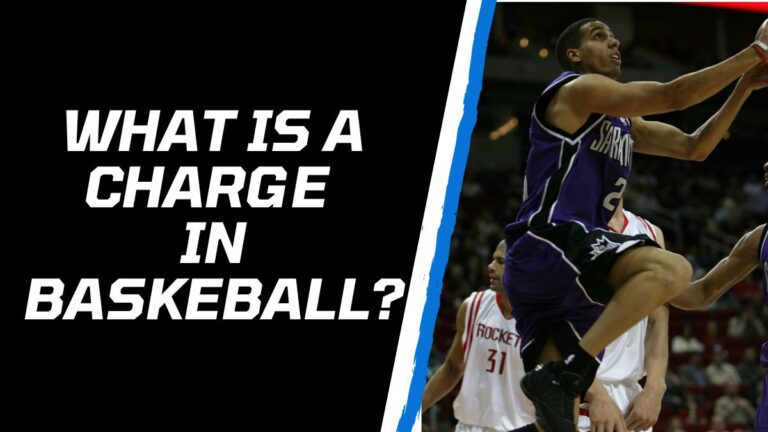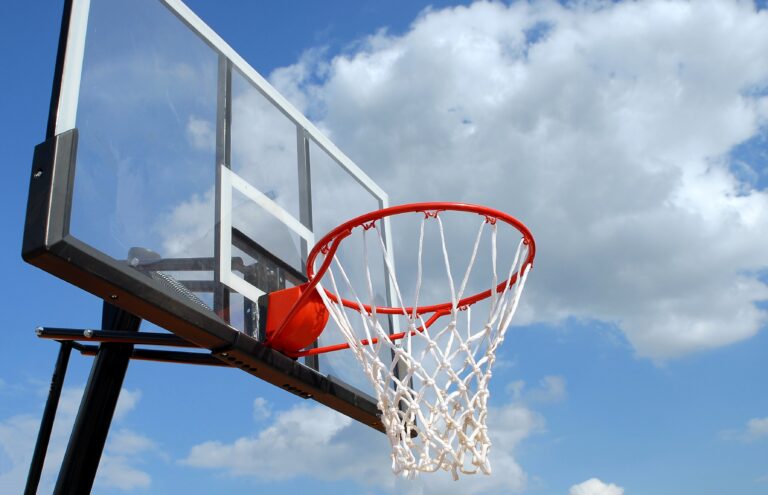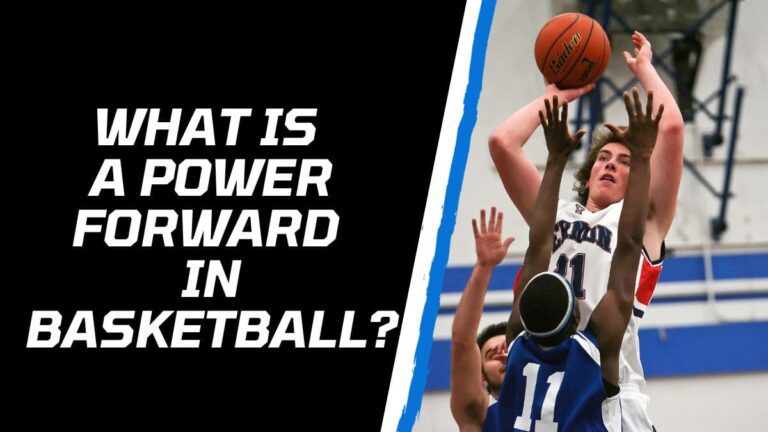What is an Illegal Screen in Basketball? Everything You Need to Know
In basketball, the question “What is an illegal screen in basketball?” is a common one, often causing confusion among players and fans. In this article, we’ll break down the concept of illegal screens in a way that’s easy to understand, whether you’re a player looking to improve your skills or a fan trying to grasp the game’s rules. Join us as we demystify this important aspect of basketball.
What is a screen in basketball?

A screen in basketball is a blocking move by an offensive player in which they stand beside or behind a defender in order to free a teammate to either shoot a pass or drive in to score. Screens can be set on-ball (when set for the ball-handler) or off-ball (when set for a teammate moving without the ball to get open for a pass).
The offensive player setting the screen (the screener) must remain stationary at the moment of contact with the defender, and allow the defensive player a “reasonable opportunity” to avoid the screen; a screen is illegal if the screener moves in order to make contact, and obtains an advantage; the result is an offensive foul in basketball and a technical foul in lacrosse. There must be illegal contact for a moving screen to be a foul; no illegal contact, no foul, no matter how much moving the screener does.
And What is an Illegal Screen?

An illegal screen in basketball occurs when a player sets a pick or screen for a teammate in a manner that goes against the rules of the game. Screens are a fundamental part of basketball, used to free up a teammate by blocking or impeding an opponent’s path. However, for a screen to be legal, certain criteria must be met.
Firstly, the player setting the screen cannot move while doing so; they must remain stationary. Moving screens, where the player shifts their position to obstruct the defender, is a common illegal screen violation. Additionally, excessive physical contact, such as pushing or using the hip to bump the defender, is not allowed.
Why Teams Use Screens?
Teams use screens in basketball to create open scoring opportunities for their players and disrupt the opponent’s defense. Screens are an essential part of offensive strategy because they help players get separated from defenders, making it easier to take shots or drive to the basket. By setting effective screens, players can free up teammates and force defensive switches, which can lead to mismatches that favor their team.
On the defensive side, teams use screens to impede the progress of offensive players and disrupt their plays. Well-executed screens can slow down ball handlers and disrupt passing lanes, making it harder for the opposing team to execute their offensive plays smoothly. In essence, screens play a vital role in both offensive and defensive strategies, contributing significantly to a team’s success on the basketball court.
What are the rules for setting a legal screen?

The rules for setting a legal screen in basketball vary depending on the level of competition. However, there are some general rules that apply to all levels of play.
- The screener must be stationary at the moment of contact with the defender. This means that the screener cannot be moving their feet or leaning into the defender when contact is made. If the screener is moving, it is considered a moving screen, which is an illegal screen.
- The screener must not move their feet or lean into the defender after contact has been made. This means that the screener cannot try to make the defender fall or lose their balance by moving their feet or leaning into them after contact has been made. If the screener does this, it is considered a pushing foul, which is an illegal screen.
- The screener must give the defender enough space to avoid the screen. This means that the screener cannot set the screen so close to the defender that they do not have enough room to go around it. If the screener does this, it is considered a blocking foul, which is an illegal screen.
- The screener must not make illegal contact with the defender. This means that the screener cannot push, hold, or trip the defender. If the screener does this, it is considered a personal foul, which is an illegal screen.
If a screen is set illegally, the referee will call a foul on the offensive team. The penalty for an illegal screen can vary depending on the severity of the foul. In some cases, the offensive team will lose possession of the ball. In other cases, the defensive team may be awarded free throws.
By following these rules, you can help to set legal screens and avoid penalties.
Types of Illegal Screens
There are several types of illegal screens in basketball. Here are some of the most common types:
- Moving screen: A moving screen occurs when the screener moves their feet or leans into the defender after contact has been made. This is the most common type of illegal screen.
- Leaning screen: A leaning screen occurs when the screener leans into the defender without making contact. This is not as common as a moving screen, but it is still illegal.
- Extended arm or leg screen: An extended arm or leg screen occurs when the screener extends their arm or leg to impede the defender’s progress. This is a less common type of illegal screen, but it can still be penalized.
- Screen on a moving defender: A screen on a moving defender occurs when the screener sets a screen for a defender who is already moving. This is illegal because the defender does not have a chance to avoid the screen.
- Screen in the backcourt: A screen in the backcourt occurs when the screen is set in the defensive half of the court. This is illegal because screens can only be set in the offensive half of the court.
In addition to these types of illegal screens, there are also some other situations that can result in an illegal screen call. For example, if the screener makes illegal contact with the defender, even if they are stationary, it can be called an illegal screen. Also, if the screener sets a screen in a way that is deemed to be dangerous or reckless, it can also be called an illegal screen.
Penalty for an Illegal Screen
The penalty for an illegal screen in basketball can vary depending on the severity of the foul. In some cases, the offensive team will lose possession of the ball. In other cases, the defensive team may be awarded free throws.
Here is a breakdown of the possible penalties for an illegal screen:
- Team foul: This is the most common penalty for an illegal screen. The offensive team will lose possession of the ball and the defensive team will take a free throw.
- Technical foul: A technical foul is a more serious penalty that can be called for an illegal screen. This can happen if the screen is deemed to be intentional or reckless. The offensive team will lose possession of the ball and the defensive team will be awarded two free throws.
- Flagrant foul: A flagrant foul is the most serious penalty that can be called for an illegal screen. This can happen if the screen results in an injury to the defender. The offensive team will lose possession of the ball and the defensive team will be awarded two free throws plus possession of the ball.
The decision of whether to call an illegal screen is ultimately up to the referee. The referee will consider a number of factors in making their decision, including the severity of the foul, the intent of the screener, and the impact of the foul on the game.
How to Avoid Committing an Illegal Screen
Here are some tips on how to avoid committing an illegal screen in basketball:
- Be aware of the rules for setting a legal screen. The rules for setting a legal screen vary depending on the level of competition, but there are some general rules that apply to all levels of play. These rules include:
- The screener must be stationary at the moment of contact with the defender.
- The screener must not move their feet or lean into the defender after contact has been made.
- The screener must give the defender enough space to avoid the screen.
- The screener must not make illegal contact with the defender.
- Don’t move your feet or lean into the defender after contact has been made. This is the most common way to commit an illegal screen. Once you have set the screen, stay in that position.
- Give the defender enough space to avoid the screen. The defender should have enough room to go around the screen without having to make contact with the screener.
- Don’t make illegal contact with the defender. This includes pushing, holding, or tripping the defender.
- Be aware of the defender’s position. Before you set the screen, make sure that the defender is not in a position where they cannot avoid it.
- Be patient. Don’t set the screen too early or too late. Wait until the defender is committed to moving around the screen before you set it.
- Communicate with your teammates. Let your teammates know when you are setting a screen so that they can avoid it.
By following these tips, you can help avoid committing illegal screens and keep your team from being penalized.
Wrap Up
In this article, we discussed the definition of an illegal screen in basketball, the different types of illegal screens, the penalty for an illegal screen, and how to avoid committing an illegal screen. We hope this information was helpful and that you will be able to set legal screens and avoid penalties when playing basketball.
Related Articles:







